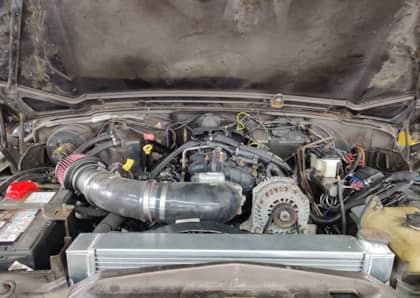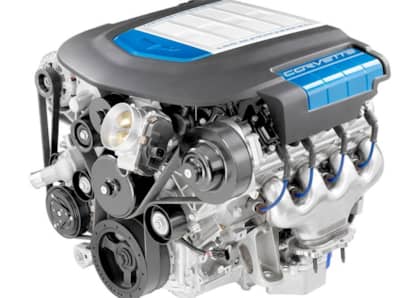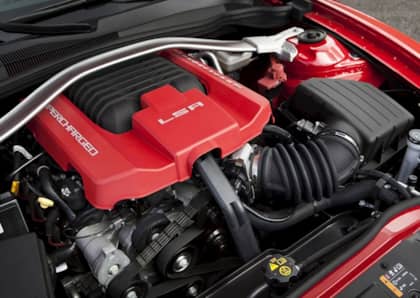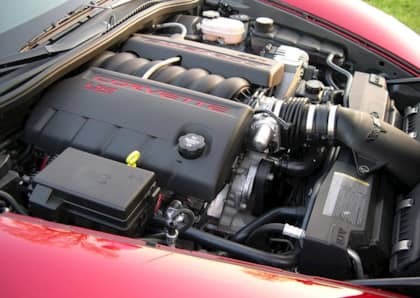Performance Roadblocks For the LS3 V8: Stepping Up From Stock Power
The Chevrolet Corvette has almost always been the tip of the spear when it comes to LS engine development, and the same was true in 2008 when the LS3 first appeared under the sports car's hood. Eventually, this 6.2-liter Gen IV V8 would spread to the Pontiac G8 GXP sedan as well as the Chevrolet Camaro, with the same-displacement L99 to follow shortly thereafter offering active fuel management and variable valve timing (but no other changes) in the muscle car.
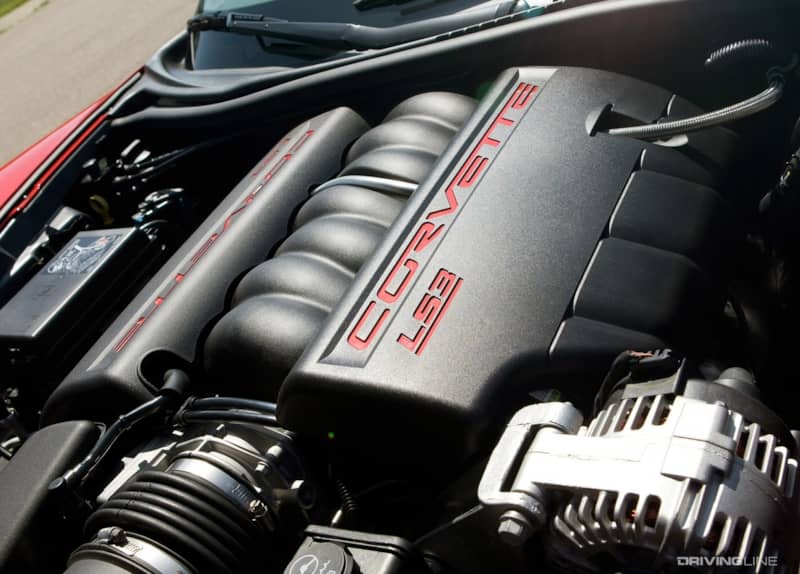
The LS3 was a robust entry into the Corvette's arsenal, offering up to 436 hp (with dual-mode exhaust) and nearly as much torque. Based on the LS2 that preceded it, the LS3 provided a better head design, a more aggressive camshaft, and a strengthened casting. The latter was key, as the same block was used for the Corvette ZR1's supercharged, 638 horsepower LS9 V8. The latter is outside the scope of this guide, but it provides a window into the potential locked-up inside the LS3 itself.
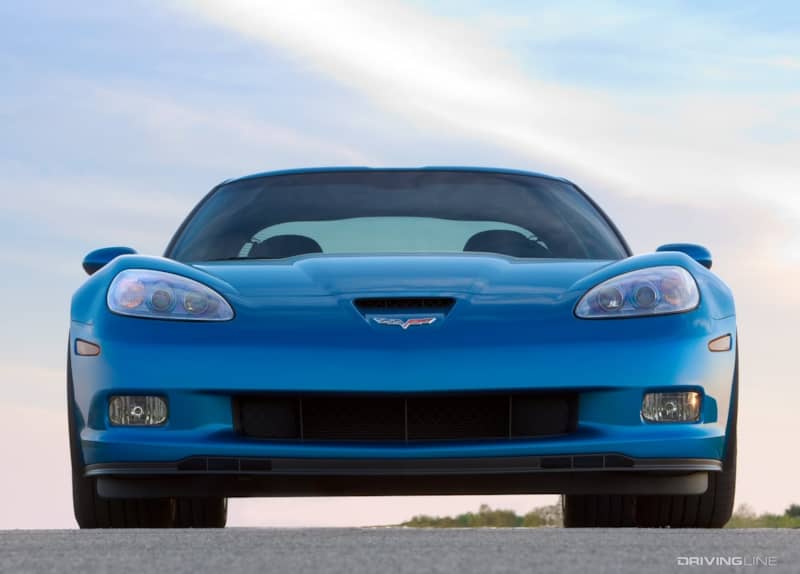
There's a lot to like about the LS3 as a starting point for a high performance build. It's one of the best out-of-the-box engines to date from GM, and has far fewer weak spots than the options that preceded it. Still, there are always areas that can be improved, especially if you're looking to double the 6.2-liter unit's stock power. Here are some of the main performance roadblocks you'll have to hurdle when building a hotter version of the LS3 engine.
Performance Roadblock #1: Camshaft
In many ways, a camshaft upgrade lets the genie out of the LS3 bottle. This is a large-displacement, high compression, good-flowing motor, and as such it's all about the potential that its conservative 430 horsepower factory tuned has left lying on the table.
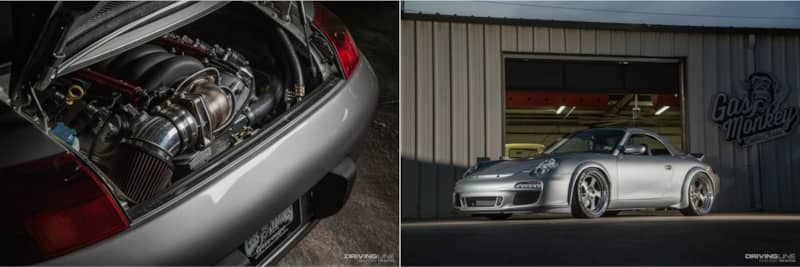
Your choices for a performance camshaft for the LS3 are virtually limitless, providing you back them up with the appropriate supporting hardware (trunnion bearing upgrades, spring upgrades, titanium retainers, and roller rockers for cams with more extreme lift). You'll also want to keep an eye on idle vacuum for a street car.
The biggest limitation with the LS3, using stock pistons, will be piston-to-valve clearance, and emphasizing cam duration over everything else can get you into trouble in that area. A piston-to-valve clearance of 0.140 inches on the exhaust valve and 0.100 inches on the intake valve will provide enough of a safety net for most high performance applications.
Performance Roadblock #2: Intake
Unlike the cam, which is fairly conservative, the LS3 intake is actually a strong performer right out of the box. Although larger (102 mm and 105 mm) throttle bodies are out there, the 90 mm stocker is well suited for all but the most aggressive builds, and both the intake and the throttle body will perform admirably even past the 600 horsepower mark.

For the most part, if you're looking to double, or more, the output of your LS3 then intake choice becomes largely a question of where you want the power to manifest. If you're planning on racing, shifting output to the top-end by using a single-plane intake, or one with shorter runners will help you get there past what the factory has provided. Prioritizing airflow at high RPM typically reduces available low-end torque, however, so street cars and trucks may not want to trade dyno numbers for drivability.
Performance Roadblock #3: Fuel System
All of the above requires a healthy fuel system that can support the extra power being made. You're going to run into a fuel pump limitation at roughly 575 horsepower, and the stock 42 pound fuel injectors will get you just past the 600 crank horsepower mark before they start to run at 95% of their duty cycle (for a naturally-aspirated engine).

There are numerous upgrade choices out there, including factory GM injectors sourced from the LSA, but anything past 50 pounds is going to take you well into the 650-700 horsepower range, with larger aftermarket units available for those seeking even loftier heights.
Performance Roadblock #4: Active Fuel Management / Variable Valve Timing
Towards the end of the first decade of the 2000s, General Motors began to include cylinder deactivation technology, called Active Fuel Management, on many of its V8 engines. For LS3-derived motors, this occurred in 2010 and ran all the way to 2015 for versions of the Chevrolet Camaro SS equipped with an automatic transmissions. These motors also received variable valve timing.
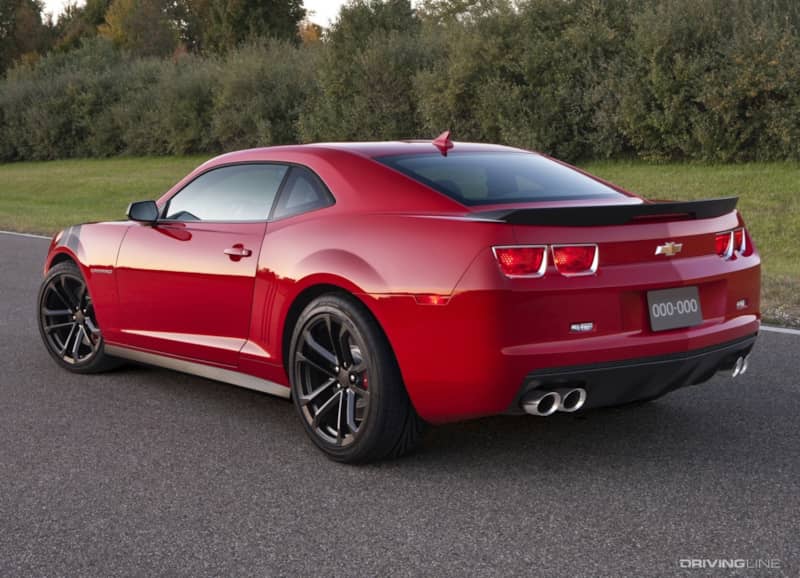
Dubbed the L99, there's a strong chance you'll come across this motor as a potential donor when searching for an LS3 for your project. In all other respects the L99 and LS3 are identical, but should you snag an L99 you'll most likely need to remove AFM, for a number of reasons. The unique lifters required to manage the Active Fuel Management system are known to fail over time, but more than that if you're moving to a more aggressive camshaft you'll have no choice but to tune this feature out of the ECU and do an AFM delete, as aftermarket units don't have the dual lobe profile required to maintain it. Deletion kits include new lifters and a replacement valley cover for the motor.
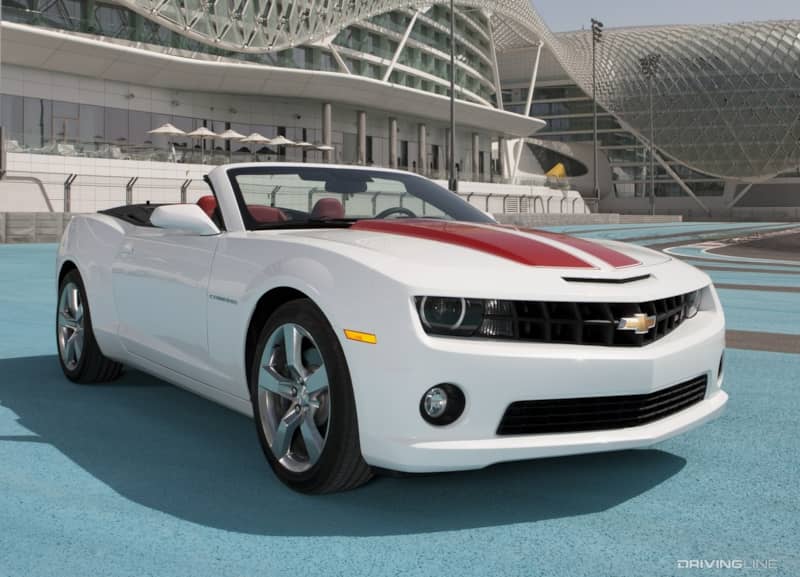
Some tuners also choose to remove variable valve timing from the equation at the same time, since most performance applications are aimed at pure power rather than a balance of fuel economy and performance. You'll need a new upper timing gear to go with a VVT delete.
Performance Roadblock #5: Headers
You'll notice in this series so far we haven't talked much about headers. The reason? The stock manifolds from GM for most LS applications are actually fairly efficient.
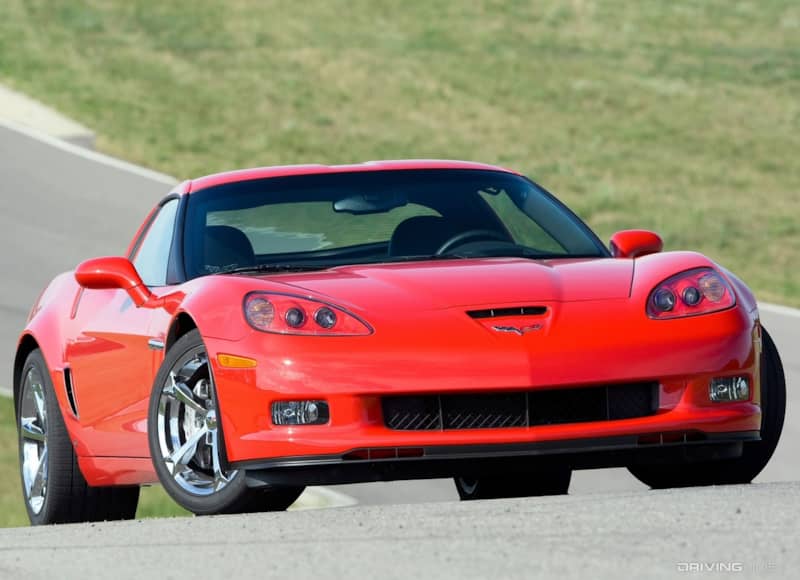
On the LS3, however, the right set of long-tube headers can make a substantial difference, more so than on the engines that came before it. You can pick up as much as 30 horsepower at the wheels with the right set of headers helping the 6.2-liter motor breathe deeper.
A Note About Heads
Most of our other LS engine guides have discussed swapping in a new set of heads. For the LS3, this isn't something we're going to recommend, because the stock heads can't be considered a real performance roadblock. From the factory, they flow at 315 cfm, which is impressive enough to see you past 650 horsepower. If you're looking to double that number, you'll find aftermarket options that flow 370 cfm, but we can't honestly call LS3 heads a bottleneck simply because they won't support 1,000 horsepower right out of the box.
Want to learn more about the LS V8 engine family? We've got you covered with this in-depth look at GM's most popular swappable motor.




